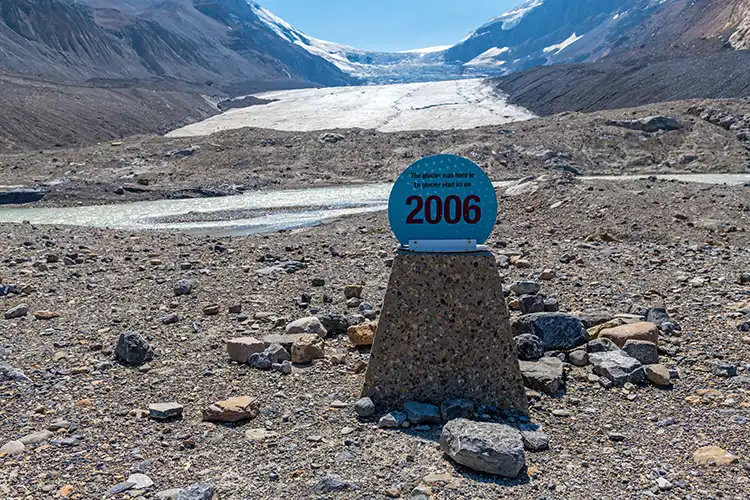
Preservation of the world’s melting glaciers is an environmental and economic necessity
By
Friday 21 March marks the first ever World Day for Glaciers, a UN day dedicated to amplifying the alarm sounded by scientists who warn that our planet’s ice is disappearing at an alarming rate. According to the World Meteorological Organization’s State of the Global Climate 2024 report, released this week, 2024 was the warmest year in the 175-year observational record, with dire consequences for melting glaciers around the world.
Recent reports from the World Meteorological Organization (WMO) and the World Glacier Monitoring Service (WGMS) paint a grim picture. Five of the past six years have witnessed the most rapid glacier retreat on record, with the period from 2022 to 2024 registering the largest three-year loss in recorded history. ‘Preservation of glaciers is not just an environmental, economic and societal necessity,’ says WMO secretary-general Celeste Saulo. ‘It’s a matter of survival.’
Related reads:
The sheer scale of the loss is staggering. Over 275,000 glaciers worldwide, covering approximately 700,000 square kilometres, store a critical 70 per cent of the Earth’s freshwater resources. These ‘water towers’, as high mountain regions are often called, are rapidly diminishing. Since 1975, glaciers have lost over 9,000 billion tons of ice, an amount equivalent to a 25-meter-thick ice block the size of Germany, according to Michael Zemp, director of the WGMS.
The impact of this melting extends far beyond the mountain landscapes. Millions of people living downstream depend on the seasonal release of glacial meltwater for their survival. As glaciers recede, they exacerbate natural hazards, increasing the risk of floods and disrupting vital water supplies. The 2024 hydrological year marked the third consecutive year of net mass loss across all 19 glacier regions, with a staggering 450 billion tonnes lost in that year alone.
Furthermore, the melting glaciers contribute significantly to rising sea levels. A recent study, called the Glacier Mass Balance Intercomparison Exercise (GlaMBIE), revealed a five per cent loss of global glacier ice between 2000 and 2023, contributing 18 millimetres to sea level rise. ‘Every millimetre of sea-level rise exposes an additional 200,000 to 300,000 people to annual flooding,’ Zemp explains. Currently, glaciers are the second-largest contributor to global sea-level rise, after ocean warming.



